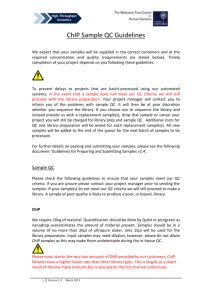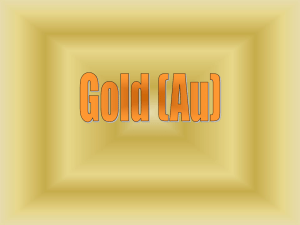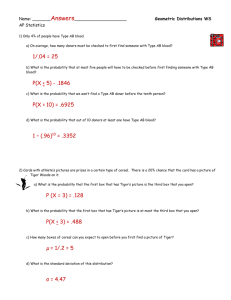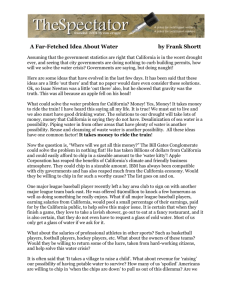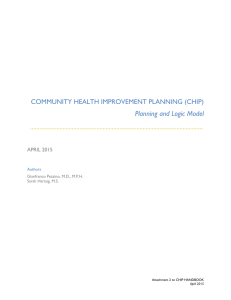Alchemy Experiment Isabella Corcione, Erin Janke, Colin Brennan
advertisement
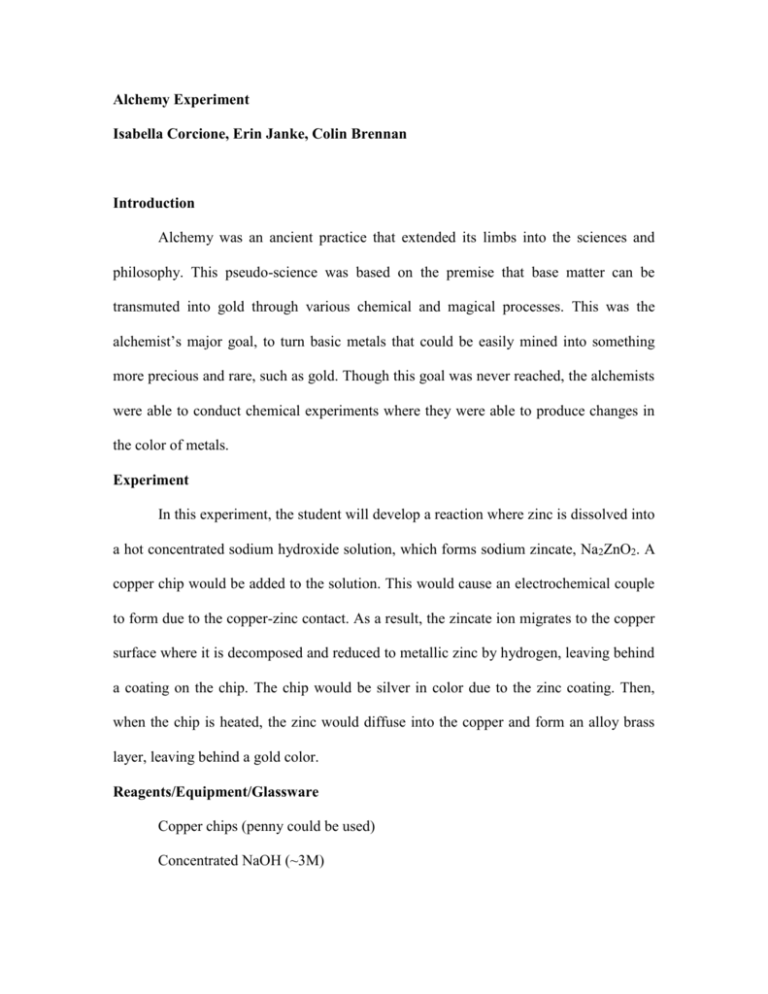
Alchemy Experiment Isabella Corcione, Erin Janke, Colin Brennan Introduction Alchemy was an ancient practice that extended its limbs into the sciences and philosophy. This pseudo-science was based on the premise that base matter can be transmuted into gold through various chemical and magical processes. This was the alchemist’s major goal, to turn basic metals that could be easily mined into something more precious and rare, such as gold. Though this goal was never reached, the alchemists were able to conduct chemical experiments where they were able to produce changes in the color of metals. Experiment In this experiment, the student will develop a reaction where zinc is dissolved into a hot concentrated sodium hydroxide solution, which forms sodium zincate, Na2ZnO2. A copper chip would be added to the solution. This would cause an electrochemical couple to form due to the copper-zinc contact. As a result, the zincate ion migrates to the copper surface where it is decomposed and reduced to metallic zinc by hydrogen, leaving behind a coating on the chip. The chip would be silver in color due to the zinc coating. Then, when the chip is heated, the zinc would diffuse into the copper and form an alloy brass layer, leaving behind a gold color. Reagents/Equipment/Glassware Copper chips (penny could be used) Concentrated NaOH (~3M) Elemental zinc Distilled water Hot plate Metal tongs 250mL beaker 50mLgraduated cylinder Bunsen burner Procedure Nitrile gloves and one-way vented goggles should be worn during the experiment. Weigh the copper chip at the start of the experiment and record the preliminary mass. Weigh out elemental zinc on a piece of weighing paper, transfer to a 250mL glass beaker. Measure out concentrated sodium hydroxide in a 50 mL graduated cylinder; transfer the NaOH to the glass beaker containing the zinc. Heat the contents of the beaker until the solution starts to boil on a hot plate. Do not let solution boil rapidly as concentrated hot sodium hydroxide is caustic when in contact with skin or eyes. Once the solution has come to a boil, drop the copper chip into the solution. The chip should appear silver almost immediately, as the reaction of zinc deposition is favorable. After a few minutes, remove the silver chip with metal tongs and rinse with distilled water. Weigh the silver chip and record the new mass. Dry the silver chip and pick it up with the metal tongs. Place the chip in the flame of Bunsen burner. The color should immediately change to a golden-bronze color. Once the color has changed, place the gold chip in distilled water. Weigh the gold token and record the final mass.

